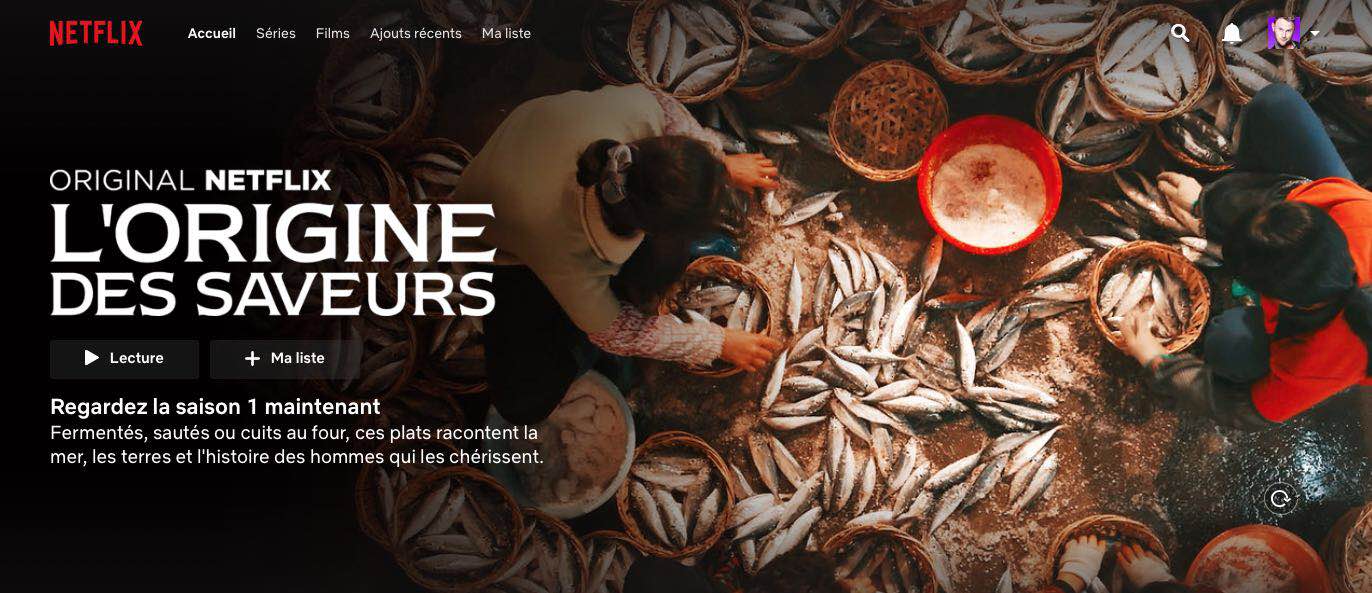來(lái)源:稻來(lái)傳媒 發布時(shí)間(jiān):2021-03-26 浏覽次數(shù):916

“Flavorful Origins,” a documentary series spotlighting a regional cuisine in Southeast China, arrived on Netflix this month. Translated into English from Mandarin, the show is an ode to the traditions of Chaoshan, a coastal region in the eastern part of the Guangdong province.
Diners in the San Gabriel Valley have long had their pick of restaurants specializing in the cuisines of Sichuan, Yunnan and Dongbei, but options are growing elsewhere. Sichuanese fine dining and soup dumplings can now be found at the Westfield Century City mall, and outposts of Northern Café, a chain of restaurants slinging Northern Chinese hand-pulled noodles, are popping up from Beverly Hills to San Pedro.
As if on cue, there’s now a new Netflix show highlighting the food and history of a region that has received comparably little attention in American media.
The 20 episodes of “Flavorful Origins” are directed by Chen Xiaoqing, acclaimed for his previous documentary food series “A Bite of China.” Fans of the Netflix show “A Chef’s Table” will notice a similar playbook here, one that includes sensual close-ups of pristine seafood and produce paired with scenic landscapes.
Each episode features a dish or ingredient prized in the Chaoshan region, such as white olives, rice noodles, or mandarin oranges. Taken together, they reveal an immensely sophisticated food culture, born of centuries-old traditions.
The local dialect of Chaoshan is called Teochew (also Chiu Chow or Chaozhou), which is also the name that refers to the people from there. Teochew cooking is marked by restraint and subtlety, forgoing heavy seasonings in order to highlight the freshness of ingredients. “A simple food shines in their hands,” says the narrator.
These ingredients often come from the sea in Chaoshan, a couple hundred miles up the coast from Hong Kong. One episode features a local tradition of eating marinated raw seafood, such as colorful flower crabs steeped in a bath of vinegar, salt, chiles, and cilantro. There are other oceanic surprises — for example, Chaoshan’s rich history of farming and drying seaweed, which Westerners might instinctively associate with Korean and Japanese cooking. Another episode looks at the ancient Teochew tradition of preparing thinly sliced raw fish (we learn that the practice was later exported to Japan, becoming what we now know as sashimi).
“Flavorful Origins” portrays the Teochew people as master preservers, skilled in the art of harnessing time and elemental forces to engineer desired flavors and textures. Plump, freshly harvested oysters are left to ferment in the sun, concentrating their briny essence and lending complexity to stir fries and stews. There are surprising techniques such as steaming pressed mandarin oranges before they’re slow-cooked in sugar — a process that yields luminous, silky Teochew orange “cakes.” White radishes are stored in earthenware vessels for up to two decades, acquiring a jet-black hue and a unique soft-crunchy texture treasured by locals.
At times, “Flavorful Origins” reveals itself as an awkward work of translation. The narration can be wooden and oddly scientific (words like “oligopeptides” and “myosin” get tossed around with annoying regularity). But there’s also an earnestness that’s endearing. Bouncy beef meatballs tumble across the screen as a soaring instrumental plays in the background. Squishy sound effects accompany extreme close-ups of foods being handled and sliced.
The reverential tone of the show may remind you more of a nature show than food TV. Chaoshan’s lush beauty is in sharp focus here, including images of mountains, rivers, rich soil and pristine waters. It’s a pastoral vision of China rarely seen in American food media, typically preoccupied with soaring skyscrapers, bustling dim sum parlors, and street food (though it’s worth noting that Chen’s previous series “A Bite of China” was broadcast on state television and has drawn criticism for overly idealizing Chinese culture).
Teochew food is nothing new in L.A., of course. If you’ve had the famous stir-fried lobster at any location of Newport Seafood or slurped rice noodles at Kim Ky in San Gabriel or Trieu Chau in Santa Ana, you’ve eaten Teochew food. Over at Chinatown’s Far East Plaza, hot chicken obsessives beating a path to Howlin’ Ray’s inevitably pass by Kim Chuy, a sleepy Teochew restaurant that’s been chugging along for decades. And one of Jonathan Gold’s most beloved restaurants was Seafood Palace, a Teochew fried crab specialist with locations in Monterey Park and Temple City.
So why isn’t Teochew cuisine as visible as other regional Chinese cuisines? Part of the reason is the diaspora of its people — motivated by crushing poverty in the region — says Diana Zheng, the author of “Jia: The Food of Swatow and the Teochew Diaspora,” a recent book about Teochew cuisine.
“Most Americans with Teochew roots can trace their families' journeys to the U.S. through Southeast Asia,” Zheng says. “Because their families often lived in Vietnam or Cambodia or Indonesia for a generation or two before arriving here, their Teochew identities are sometimes hyphenated, as are the restaurants that they opened to support their families.”
Because of that cultural exchange, many diners visit Teochew restaurants in L.A. and Orange County while perhaps mistaking the food for Vietnamese, Cantonese or Cambodian. Not to mention the confusing nomenclature: Teochew food is alternatively called Chiu Chow, Chaozhou, Teoswa, or Chaoshan, depending on the language spoken. “The cuisine has a bit of a branding problem,” Zheng laments.
While the restaurants here are authentically Teochew, many of the dishes depicted in “Flavorful Origins” can be difficult to track down. “Restaurants serving the food eaten in the current-day [Chaoshan] region of China are pretty rare across the U.S,” Zheng acknowledges.
Whether “Flavorful Origins” leads to Teochew food gaining a greater following in the States remains to be seen, but it offers an enchanting glimpse into a serious culinary heritage — and one that extends to our own backyard.
